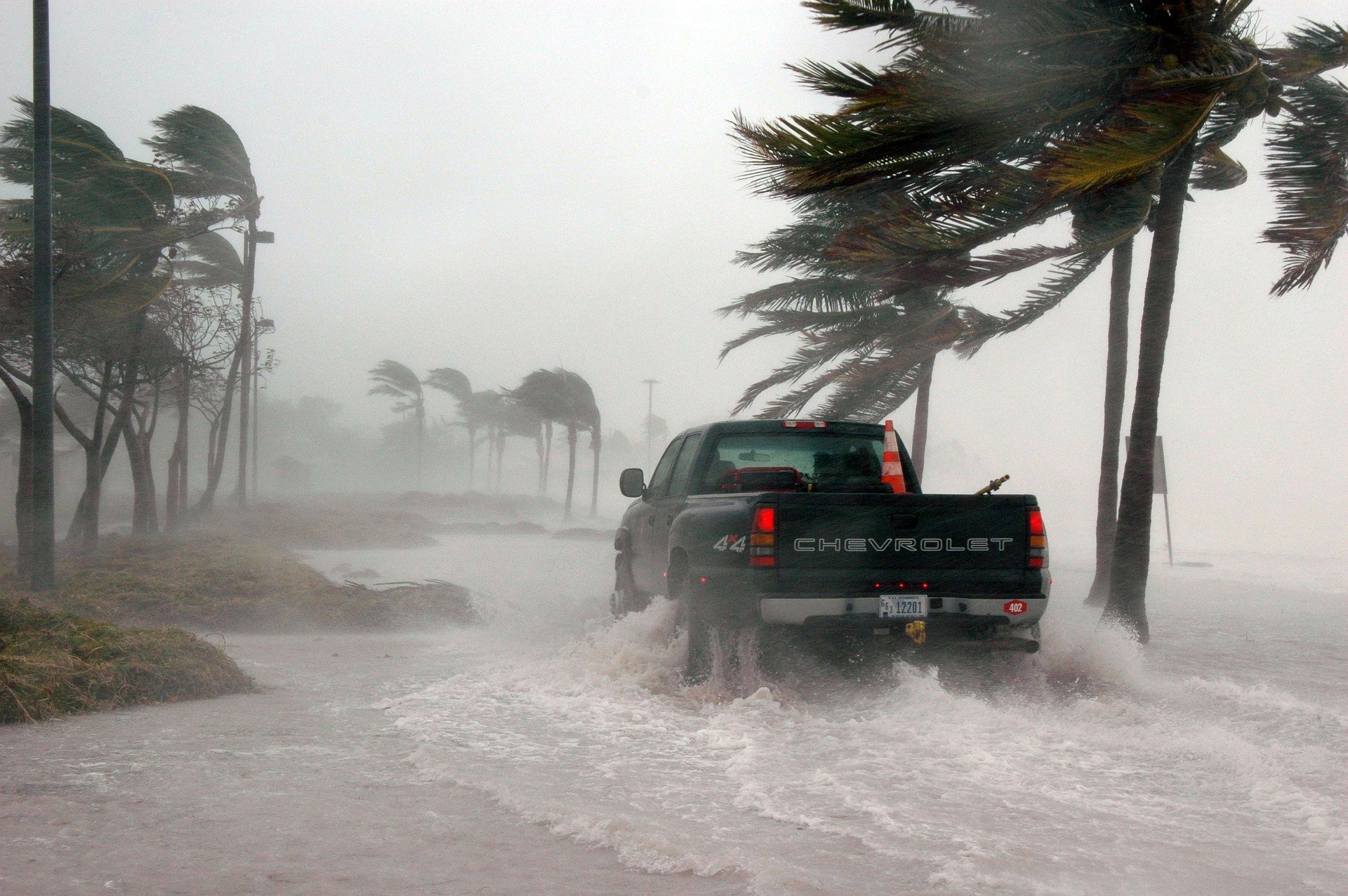
On World Teachers Day we celebrate all the ways that teachers touch our lives and thank them for educating and inspiring. The COVID-19 pandemic has completely upended education systems and has required teachers to find new ways to connect with and motivate students. Our resources can inform and enhance efforts to support vulnerable populations, reopen schools, and provide remote learning while maintaining quality learning experiences. All are free to download.

Reopening K-12 Schools During the COVID-19 Pandemic: Prioritizing Health, Equity, and Communities
The COVID-19 pandemic has presented unprecedented challenges to the nation’s K-12 education system. The rush to slow the spread of the virus led to closures of schools across the country, with little time to ensure continuity of instruction or to create a framework for deciding when and how to …[more]

Teaching K-12 Science and Engineering During a Crisis
The COVID-19 pandemic is resulting in widespread and ongoing changes to how the K55 education system functions, including disruptions to science teaching and learning environments. Students and teachers are all figuring out how to do schooling differently, and districts and states are working …[more]

Teachers play a critical role in the success of their students, both academically and in regard to long term outcomes such as higher education participation and economic attainment. Expectations for teachers are increasing due to changing learning standards and a rapidly diversifying student …[more]

English Learners in STEM Subjects: Transforming Classrooms, Schools, and Lives
The imperative that all students, including English learners (ELs), achieve high academic standards and have opportunities to participate in science, technology, engineering, and mathematics (STEM) learning has become even more urgent and complex given shifts in science and mathematics …[more]

Science and Engineering for Grades 6-12: Investigation and Design at the Center
It is essential for today’s students to learn about science and engineering in order to make sense of the world around them and participate as informed members of a democratic society. The skills and ways of thinking that are developed and honed through engaging in scientific and engineering …[more]

Surrounded by Science: Learning Science in Informal Environments
Practitioners in informal science settings–museums, after-school programs, science and technology centers, media enterprises, libraries, aquariums, zoos, and botanical gardens–are interested in finding out what learning looks like, how to measure it, and what they can do to ensure that people …[more]

Promoting the Educational Success of Children and Youth Learning English: Promising Futures
Educating dual language learners (DLLs) and English learners (ELs) effectively is a national challenge with consequences both for individuals and for American society. Despite their linguistic, cognitive, and social potential, many ELs—who account for more than 9 percent of enrollment in …[more]

Building Capacity for Teaching Engineering in K-12 Education
Engineering education is emerging as an important component of US K-12 education. Across the country, students in classrooms and after- and out-of-school programs are participating in hands-on, problem-focused learning activities using the engineering design process. These experiences can be …[more]

Ready, Set, SCIENCE!: Putting Research to Work in K-8 Science Classrooms
What types of instructional experiences help K-8 students learn science with understanding? What do science educators, teachers, teacher leaders, science specialists, professional development staff, curriculum designers, and school administrators need to know to create and support such …[more]

A Framework for K-12 Science Education: Practices, Crosscutting Concepts, and Core Ideas
Science, engineering, and technology permeate nearly every facet of modern life and hold the key to solving many of humanity’s most pressing current and future challenges. The United States’ position in the global economy is declining, in part because U.S. workers lack fundamental knowledge in …[more]

Next Generation Science Standards: For States, By States
Next Generation Science Standards identifies the science all K-12 students should know. These new standards are based on the National Research Council’s A Framework for K-12 Science Education. The National Research Council, the National Science Teachers Association, the …[more]





















































































